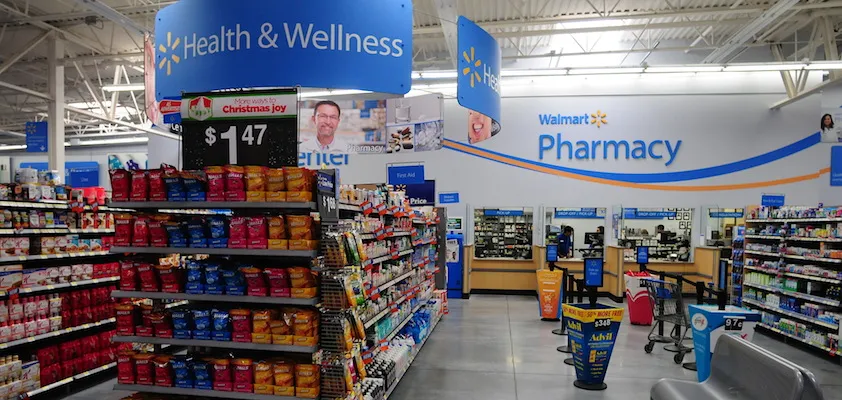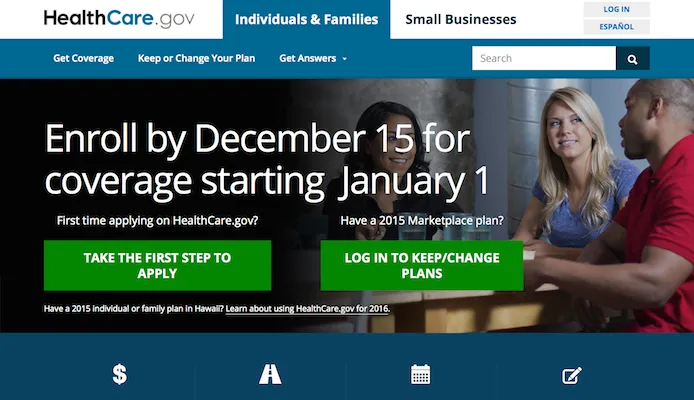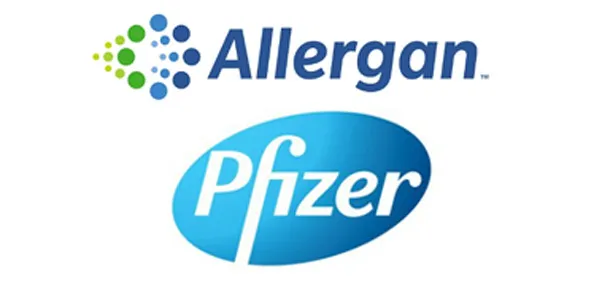WOONSOCKET, R.I. — Cigarette purchases across the retail spectrum have declined measurably in the year since CVS/pharmacy banned tobacco sales, CVS Health reported this month.
“One year ago, we stopped selling tobacco products because it conflicted with our purpose of helping people on their path to better health,” said CVS Health chief medical officer Dr. Troy Brennan. “We are excited to release new data demonstrating the positive impact our decision has had on public health overall as shown by a measurable decrease in the number of cigarette purchases across all retailers.”
A study conducted by the CVS Health Research Institute evaluated cigarette pack purchases at drug, food, big-box, dollar, convenience and gas station retailers in the eight months after CVS/pharmacy initiated its ban. Researchers found an additional 1% reduction in cigarette pack sales in states where CVS/pharmacy had a 15% or greater share of the retail pharmacy market compared to states with no CVS/pharmacy stores. Over the same period, the average smoker in these states purchased five fewer cigarette packs and, in total, approximately 95 million fewer packs were sold.
Further bolstering the impact of CVS/pharmacy’s tobacco removal, the study showed a 4% rise in nicotine patch purchases in states with a CVS/pharmacy market share of 15% or more in the period immediately following the end of tobacco sales.
“We know that more than two-thirds of smokers want to quit — and that half of smokers try to quit each year,” Brennan said. “We also know that cigarette purchases are often spontaneous. And so we reasoned that removing a convenient location to buy cigarettes could decrease overall tobacco use. This new data demonstrates that CVS Health’s decision to stop selling tobacco did indeed have a real public health impact.”
The impact can also be measured in the reach of CVS pharmacists and nurse practitioners who have worked to support customers’ efforts to quit smoking. Since the September 3, 2014, start of the ban, the average number of MinuteClinic “Start to Stop” smoking cessation visits conducted per month nearly doubled. CVS pharmacists counseled more than 260,000 patients about smoking cessation and filled nearly 600,000 nicotine replacement therapy prescriptions. The company also distributed millions of smoking cessation informational brochures and hundreds of thousands of “Last Pack” tool kits and educated more than 1 million people via its Online Cessation Hub on CVS.com.
CVS also made a significant commitment to philanthropic giving and partnerships, pledging over $1 million in corporate grants to tobacco cessation and prevention programs in the year since halting tobacco sales. CVS and its foundation also built on partnerships with organizations leading the fight against tobacco and supporting those living with its health consequences including Campaign for Tobacco-Free Kids, Stand Up To Cancer, and the American Lung Association’s LUNG FORCE.
In marking the initiative’s first anniversary, the company has made new commitments to further its impact in the coming years. This month CVS and its foundation announced a strategic initiative with Scholastic Inc., the global children’s publishing, education and media company, to introduce a new, school-based program aimed at preventing youth smoking and teaching children about the health consequences of tobacco use.
“Over the last year, CVS Health has created partnerships with community organizations across the country that are dedicated to helping people quit smoking and communicating the importance of never starting tobacco use,” said Eileen Howard Boone, senior vice president of corporate social responsibility and philanthropy at CVS Health and president of the CVS Health Foundation. “We are proud to mark our one-year anniversary by building on our commitment to be a meaningful part of the effort to make the next generation tobacco-free. By partnering with an expert partner in education to launch this new program, we will reach millions of kids across the country with critical tobacco-prevention education.”
The program will reach nearly 3 million children in grades three, four and five when it begins this fall, with a second component offered in some pilot markets for young adults in grades six and seven to be introduced in early 2016. It will include classroom resources for teachers and students as well as take-home components that give parents the opportunity to talk to their children about smoking. The middle school component will include a student engagement program, with the chance to receive incentives such as scholarships and youth-focused community training.








